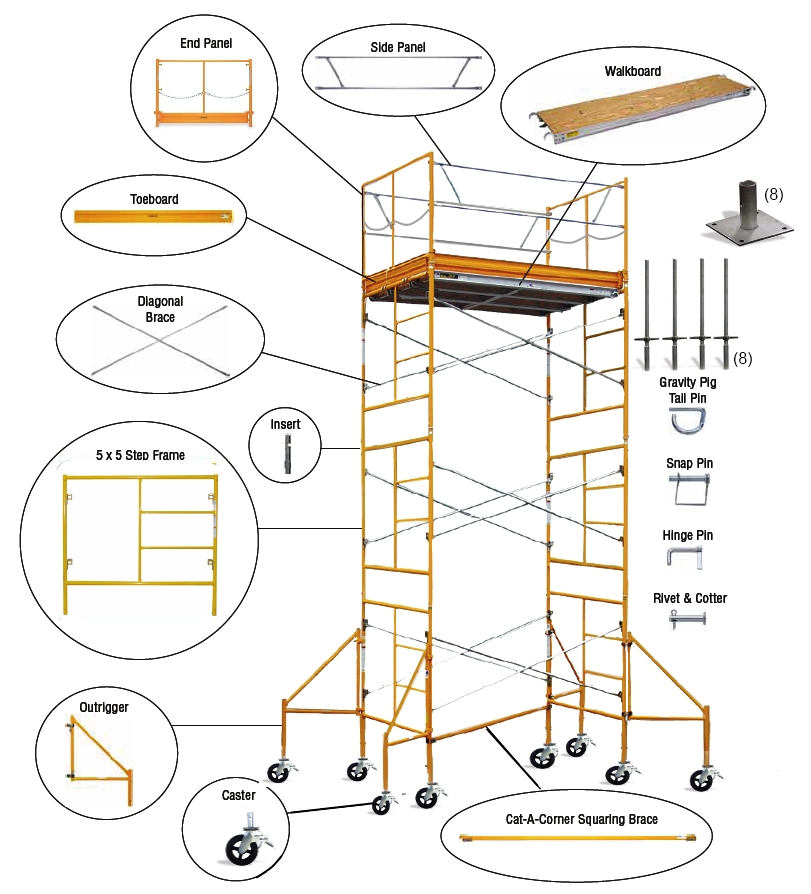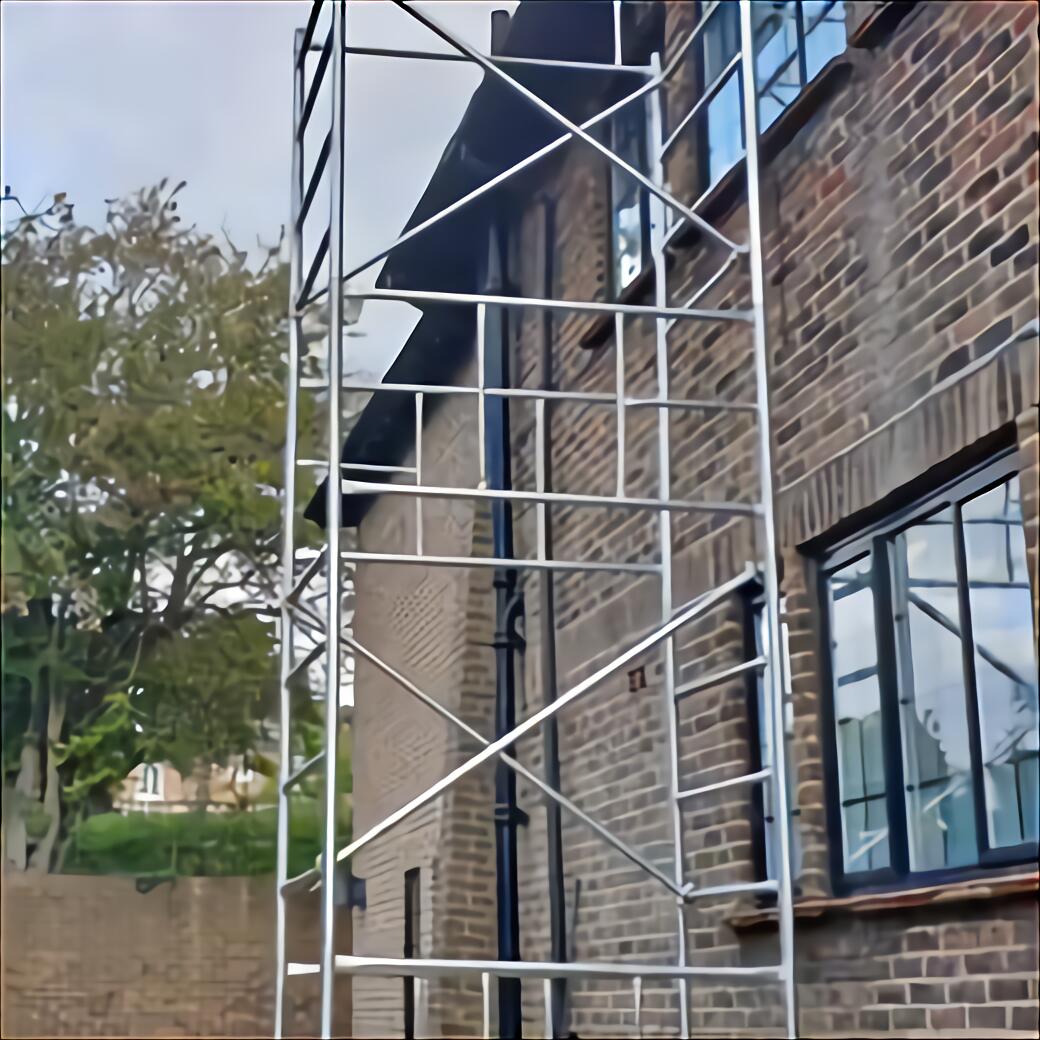Scaffolding Training: Enhancing Abilities for Safety And Security and Efficiency
Developments in Scaffolding Technology: Whats New? ==================================================
The most recent scaffolding advancements prioritize security with advanced sensing unit technology for stability and prompt intervention. Ergonomic style enhances customer convenience and efficiency. Light-weight compounds like carbon fiber and fiberglass provide flexibility and simplicity of modification. Portable scaffolding options boost worker performance with very easy transport and quick assembly. Smart modern technology combination includes remote surveillance for real-time information on stability and predictive maintenance analysis. Sustainable methods concentrate on recyclable materials and energy-efficient solutions. These innovations in scaffolding innovation showcase a new age of enhanced safety and security, effectiveness, and sustainability in building.
Improved Security Functions
Implementing state-of-the-art sensor innovation has actually changed the safety features in modern-day scaffolding systems. These developments have substantially enhanced stability and safety and security for employees at construction sites. Sensing units embedded within the scaffolding can identify any potential instability or tension on the structure, supplying real-time comments to employees and supervisors. This instant notice permits fast treatments to prevent mishaps and injuries.
Furthermore, ergonomic developments in scaffolding design have likewise played a vital role in enhancing safety. Scaffolding systems are currently made with a concentrate on individual comfort and performance. Attributes such as adjustable heights, simple assembly, and lightweight products minimize pressure on workers' bodies, decreasing the risk of bone and joint injuries. In addition, ergonomic hand rails and platforms give much better security and support for workers while moving the scaffolding.
Advanced Products and Styles
The evolution of scaffolding innovation has caused the assimilation of sophisticated products and innovative layouts, revolutionizing the building sector. Lightweight composites and modular systems go to the center of these advancements, supplying enhanced effectiveness and safety on construction websites.
Lightweight compounds, such as carbon fiber and fiberglass, have actually changed typical steel elements in modern scaffolding systems. https://actonscaffolding.co.uk/index.html These materials give the necessary strength while lowering the total weight of the scaffolding structure. This not only makes assembly and disassembly simpler however also boosts mobility and maneuverability on-site.
Modular systems have ended up being significantly prominent due to their adaptability and ease of customization. These systems contain standard elements that can be conveniently interconnected, enabling fast setting up and disassembly. The modular design likewise allows scaffolding frameworks to be tailored to the particular requirements of each project, enhancing effectiveness and general safety and security.
Including advanced materials like lightweight compounds and making use of modular systems are key trends driving the development of scaffolding innovation, supplying building and construction business an extra effective and adaptable option for their tasks.
Increased Transportability and Flexibility

With the improvements in light-weight composites and modular systems improving effectiveness and safety in scaffolding technology, the focus currently changes to checking out how these innovations have added to boosted transportability and movement on construction sites. Light-weight durability and small convenience are key attributes that make it possible for scaffolding to be conveniently transported and steered around work sites.
Making use of cutting-edge materials and layouts has helped with the growth of scaffolding systems that use simple mobility and fast assembly, permitting building and construction crews to establish and take down scaffolds promptly and effectively.
These mobile scaffolding remedies not just save time but likewise boost employee efficiency by giving a flexible and mobile system for carrying out tasks at various elevations. The capability to relocate scaffolding rapidly and without too much initiative guarantees that jobs can proceed smoothly and without unnecessary hold-ups.
Smart Modern Technology Assimilation
Current innovations in scaffolding modern technology have seen a smooth combination of smart technologies to boost safety and efficiency on building sites. Among the key facets of this combination is remote surveillance, where sensing units are put on scaffolding frameworks to accumulate real-time information on different specifications such as tons, security, and ecological conditions. This information is then transmitted wirelessly to a central system, allowing job supervisors to monitor the scaffolding's performance remotely and determine any kind of prospective concerns prior to they intensify.
Moreover, AI combination plays a vital function in analyzing the data gathered from these sensing units. scaffold platforms Expert system algorithms can identify patterns, forecast upkeep needs, and also suggest optimization methods to boost the scaffolding's performance. Cloud connectivity makes it possible for smooth access to this data from anywhere, promoting quick decision-making and proactive maintenance scheduling. Data analytics additionally boost the insights attracted from the gathered information, giving important information for improving safety and security protocols and functional performance on building and construction websites.
Sustainable and Eco-Friendly Solutions
Improvements in lasting and green options within scaffolding technology are progressively forming the construction industry's strategy to ecological duty and source preservation. Eco-friendly efforts play an important function in this change, with a focus on utilizing recyclable materials in scaffolding building. By incorporating recyclable products, such as light weight aluminum or steel, scaffolding producers are reducing waste and advertising an extra sustainable building process.
In addition, energy-efficient techniques are being welcomed to additionally minimize the ecological influence of scaffolding jobs. These methods not only help in minimizing power usage however additionally contribute to the reduction of carbon discharges, thereby helping in the general carbon footprint decrease of building activities. Scaffolding business are increasingly investing in energy-efficient technologies such as LED lighting for construction websites and using renewable resource resources to power equipment.
Frequently Asked Concerns

How Do Scaffolding Business Guarantee Conformity With Market Safety Regulations and Standards When Applying Enhanced Safety Functions?
To assure conformity with sector security guidelines, scaffolding companies implement improved security attributes such as advanced guardrails, anti-slip surfaces, and automated monitoring systems. Normal training, assessments, and extensive adherence to requirements are essential components of preserving a secure workplace.
Exist Any Kind Of Prospective Downsides or Limitations to Using Advanced Materials and Layouts in Scaffolding Construction?
While sophisticated materials and layouts in scaffolding building and construction deal boosted security functions, prospective drawbacks consist of cost implications, maintenance demands, and safety worries developing from complicated frameworks. Mindful assessment and routine evaluations can help minimize these limitations.
How Do Advancements in Increased Portability and Wheelchair Affect the Overall Stability and Sturdiness of Scaffolding Frameworks?
Innovations in transportability can improve comfort however might jeopardize stability. Increased movement can impact durability by modifying architectural honesty. Balancing these aspects is essential for guaranteeing safe and dependable scaffolding frameworks in building projects.
What Are the Key Difficulties Faced When Incorporating Smart Technology Into Scaffolding Systems, and How Are These Obstacles Being Addressed?

Integrating clever innovation right into scaffolding systems presents difficulties like making certain smooth connectivity, data safety, and straightforward interfaces. These obstacles are being resolved through strenuous screening, specialized software program advancement, and partnership with tech experts for innovative solutions.
In What Ways Do Sustainable and Eco-Friendly Solutions in Scaffolding Innovation Add To Lowering the Ecological Influence of Building Tasks?
Lasting and environment-friendly remedies in scaffolding technology significantly minimize the ecological influence of building projects. Integrating eco-friendly practices guarantees that resources are used efficiently and decreases waste, contributing to a more sustainable industry that focuses on environmental obligation.
Conclusion
To sum up, improvements in scaffolding technology have considerably boosted safety, effectiveness, and sustainability in building and construction projects. Boosted security features, innovative materials and styles, enhanced portability and flexibility, in addition to integration of clever modern technology have transformed the means scaffolding is made use of on building sites.
The shift in the direction of lasting and environmentally friendly services additionally highlights the importance of incorporating modern advancements in scaffolding modern technology. These progressions are shaping the future of the building and construction sector.